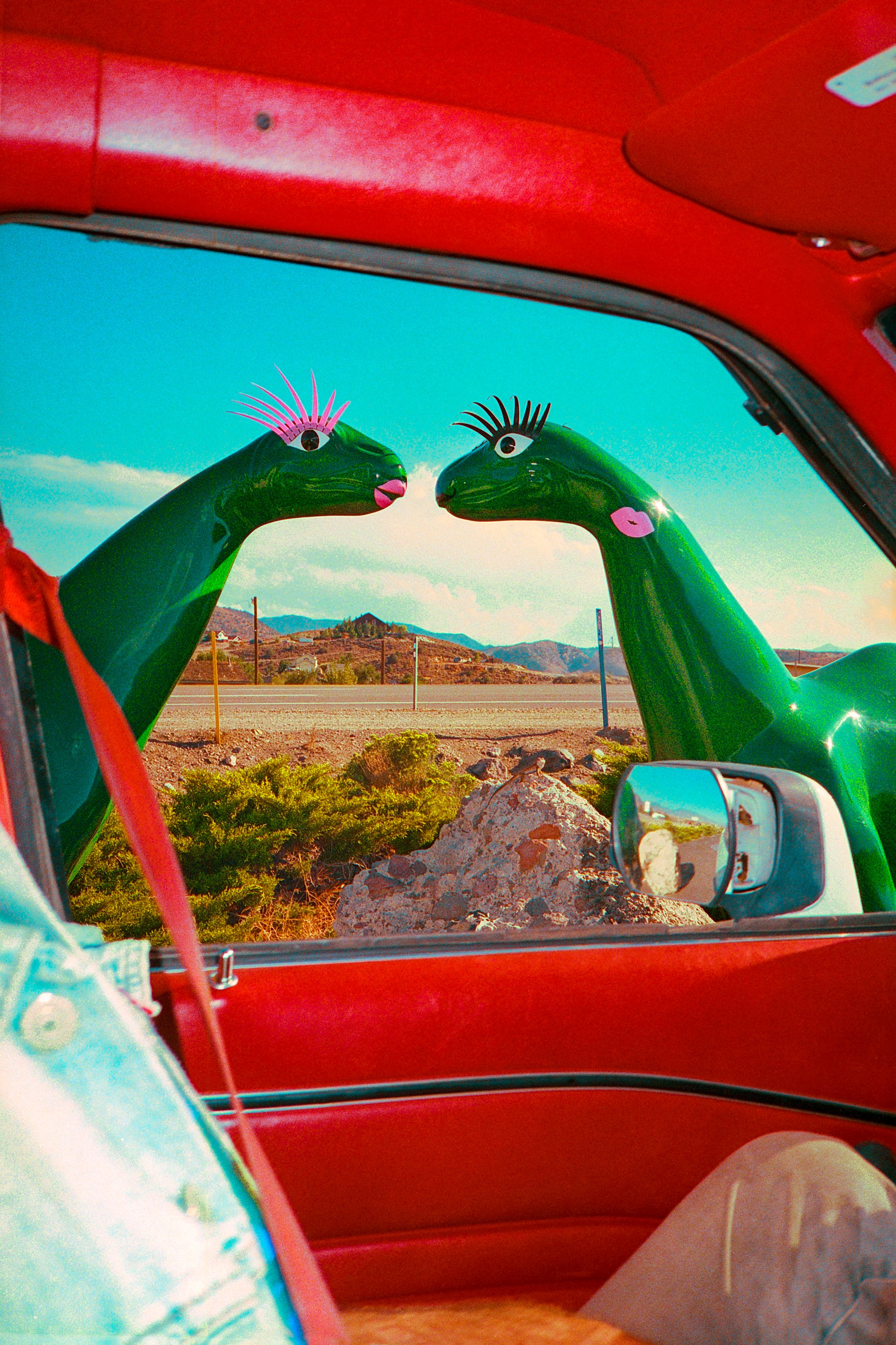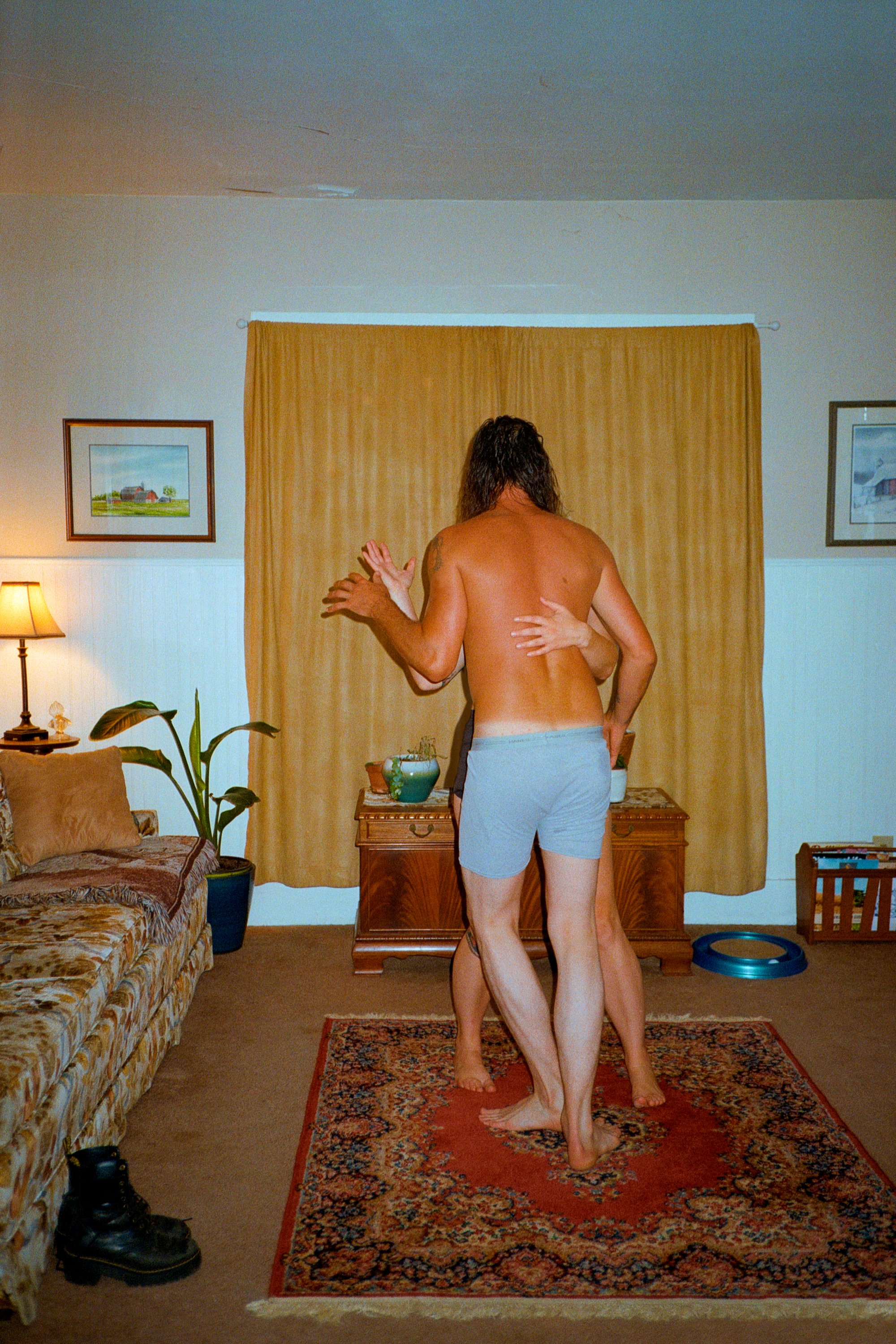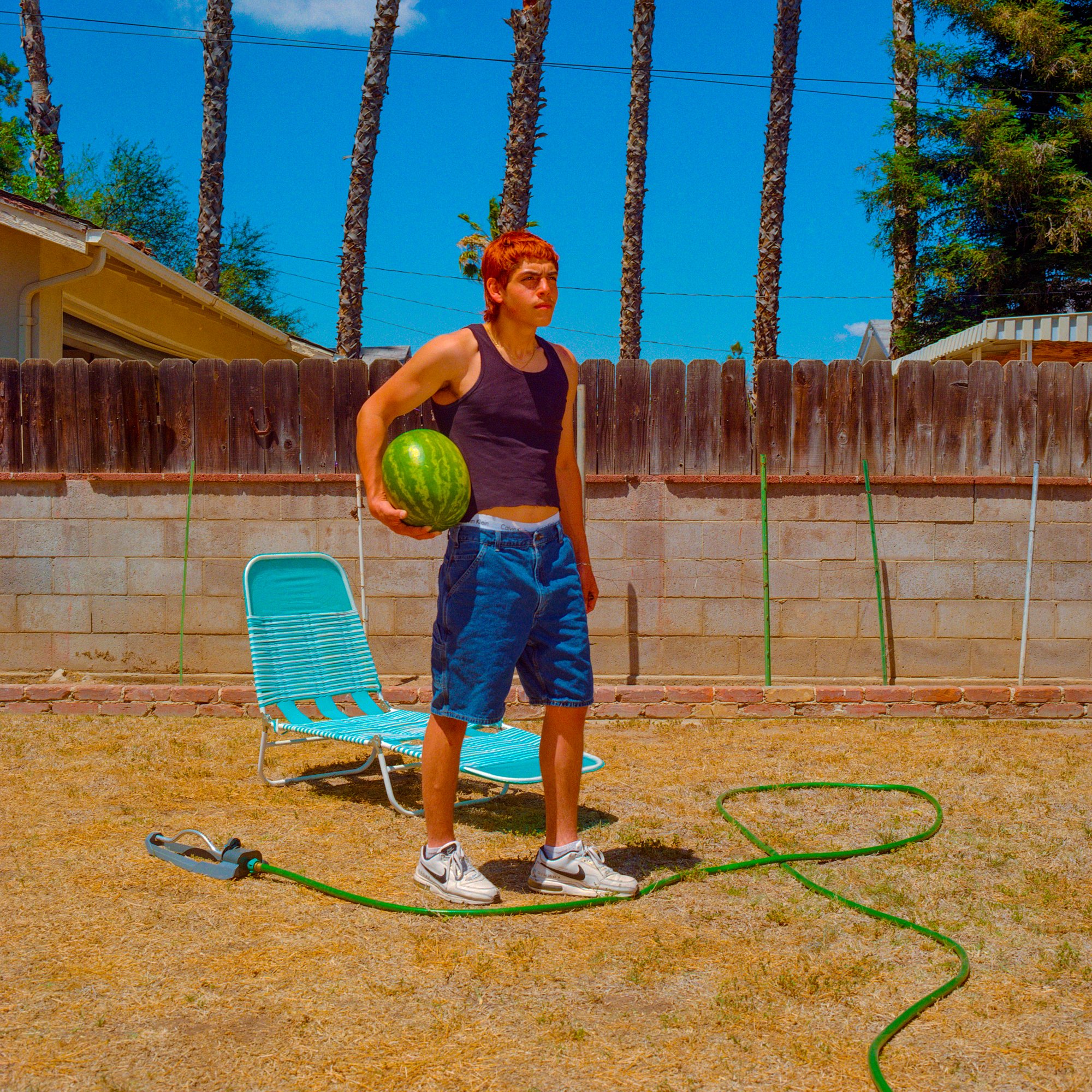Deb Leal
Artist & Photographer Deb Leal explores time, color, and memory by observing states of play within life’s simple pleasures.
Deb Leal is one of ArtConnect’s Artists to Watch '22
Artist & Photographer Deb Leal explores time, color, and memory by observing states of play within life’s simple pleasures. Nostalgia acts as a way of personal time travel: As bold uses of color may tether the work to contemporary practices, color can also lend itself to our earliest joyful memories. Time is addressed in each image as influences of art history and ritual, present within her Chicano upbringing, inform musings of metaphysics and philosophy. Leal evokes youthful spirits in visually operatic compositions that discuss both celebration and longing in a rapidly changing environment.
Her work has been exhibited in galleries and festivals including: The deYoung Art Museum, The Tenderloin Museum, San Francisco, CA; and Festival Pil’Ours; Saint Gilles Croix de Vie, FR. Her work has also been archived in Musée Magazine’s “No. 26: Spaces”, AI-AP's "American Photography 38", and has contributed to publications like Vogue, Condé Nast Traveler, and The New York Times. Leal will be published in Aesthetica’s “Future Now 2023 Anthology”, as a result of being listed for this year’s Art Prize. She received a BFA in Fine Art Photography from the Milwaukee Institute of Art & Design.
ArtConnect asked the winning artists to share with us a glimpse into their creative life to get a sense of their personal inspiration and artistic process.
How would you describe your artistic style and what inspires your work?
Regarding visual genre, perhaps it’s fair to say that my work aligns with Baroque Pop. Much of what I find myself drawn to in the creative process are candid moments that hold gravity. There’s beauty in plucking a moment in 1/125th of a second that speaks to the vast expanse of time and human experience in a moment of joy. I find it fascinating to examine what translates movement, whether that be physical or emotional, in everyday life. Growing up in a Latino household meant hearing the operatic vocals of Ranchera music and seeing Catholic iconography at every turn, so I can only imagine this is where I began to pull at threads.
What piqued my interest as a kid was the range many of these works in our household carried– deep richly painted velvets outlined in glitter and ornately framed. Pain in contrast with the divinity of a corona brightly shining. What ignited my curiosity further was the syncretic “brand” of Catholicism that many Chicanos share or are knowledgeable of; Curanderismo was woven in so routinely so as to feel innate.
My mother would share stories of disapproval from the church at large, not recognizing these practices as valid because of their proximity to brujeria, or witchcraft. I took that as a sign (among many others) to fully embrace what was passed down from my mother instead of what the institution at large had dictated, and I believe providing that space to treat my intuition as sacred has allowed me to sharpen the ways in which I see the world.
I took that as a sign to fully embrace what was passed down from my mother instead of what the institution at large had dictated
How has your work evolved over time?
I was super moved by Sailor Moon as a kid. To this day, I’m still enchanted with animated works and find great inspiration through artists like Satoshi Kon, Hayao Miyazaki, and Guillermo Del Toro. I found photography as a teenager, and realized it provided the ability to play with time and develop different skills outside of rendering within my inner landscape. Through artists like David LaChapelle, Cindy Sherman, and Richard Avedon, I developed an attraction to working in studio for the ability to design exactly what one would want to explore and witness a vision materialize in real-time.
Eventually, I sought experience in film production (lighting, art, and camera departments) in an effort to give my work a bigger pot to grow into. It wasn’t until the pandemic that weight in my creative scales shifted, and I found myself taking those sensibilities of film production into a more candid approach– it wasn’t until I started capturing specifically sharp moments that I realized my early background in nightlife photography helped develop an ability to anticipate a moment using other senses. I can liken these experiences to smelling florals in the wind; many of these moments you can never really plan, you just have to keep your senses attuned to welcome little pleasures in life.
“Two people dancing in a living room, somebody posing in a backyard: Deb Leal’s photographs show seemingly banal moments in time. Deb’s gaze onto her friends and her immediate surroundings are heightened by the overly saturated colors, swaying between fake and overly joyful, never devoid of humor - look at the dinosaurs which become part of her universe! Lightness flows through all of her perfectly composed photographs. These frozen moments in time are depicted seemingly nonchalantly, playfully, yet they seem to point towards something different: towards the feeling of nostalgia and towards the search for something that lies hidden behind the colorful surface.”
What message or emotion do you hope to convey through your art?
That beauty can be found anywhere you look. That comedy and tragedy are a left and right hand; that it’s entirely possible to be devastated and also joyful in the same breath.
“A Sinclair Story (Lizard on Rock)” 2020
Can you talk about a specific piece or series that holds a special significance to you?
“A Sinclair Story (Lizard on Rock)” 2020, has proven itself to be the work that stays with people the most, including myself; It revealed itself to me as a visual opera that contains decades of familial history. I am reminded of the road trips of my youth as my parents drove 28 hours straight from Milwaukee to Corpus Christi, TX – taking turns sleeping in the passenger seat in order to lessen the stops. I would watch them interact with each other, in love and smiling with excitement when Tejano music hit the radiowaves. This photograph was taken on a similar voyage with my partner and how, despite the terrifying loneliness that was felt during the first year of the pandemic, I was reminded of the spirit my parents had on their yearly voyage. I see my childhood self in that little lizard on the rock, looking up at such a grandiose love.
What does this work aim to touch on?
As I zoom out from a found second that held so much personal history, I explore the exhilarating appeal of the US Road Trip so often beloved by artists. I also consider reincarnation, and what it may look like to relish in our relics.
What is your process for creating a new piece of art?
Sometimes I dream, sometimes I draw, sometimes I write. Sometimes I go into a situation with no expectations or thought process at all– I just try to stay present and absorb what unfolds in front of me. A lot of the process is intuitive, especially since I’ve taken a more candid approach to my photographic work. It’s not until much later when I scan the film and sit with the work that it begins to speak to me and reveal certain clues. It’s almost like a treasure hunt, honestly; I’m playing “I Spy” as the scroll of my lifetime unfurls.
How do you stay motivated and inspired in your artistic practice?
I enjoy the challenge (read also: frustration) of learning a new process alongside peers, and getting to know how that process functions within my skillset more intimately.
A small part of me likes the idea of working in completely conflicting ways.
For example, when I moved to San Francisco and started taking candid film photographs more often, I was also taken with hand embroidery for the fact that it was so painstakingly slow. I likened each stitch to the count of a rosary bead– it felt meditative to me. So even when I wasn’t quite sure what candid photography meant to me at the time despite the intuitive draw, I found that meaning in another process that ultimately taught me how to consider time and intention. It’s working backward and forward at the same time as a way to complete the circle.
How do you balance your artistic career with the business aspect of being an artist?
It’s an ever-evolving teeter-totter to walk along, but there's so much to discover and learn which makes it an interesting challenge.
All I can do is express myself in the way I best know how to and continue to fall in love with different creative processes.
What advice do you have for aspiring artists who are just starting out in their careers?
Take note of what excited you about the creative process to begin with, and investigate that to the deepest degree. I've found writing helps, in general, and I think certain patterns begin to reveal themselves in an effort to give you a closer look at what fuels your passions. Hold onto that passion no matter what.
Anything else you would like to add?
I am currently part of a collaborative show at the Tenderloin Museum in San Francisco, CA with Harry James Hanson & Devin Antheus, the co-founders of "Legends of Drag". I had the incredible opportunity to unearth experimental analog double exposure in a love letter to the queens who planted the seeds for this project that we began in the Bay Area in 2018. "Legends of San Francisco" is up until April 1st, 2023!
Hand embroidery examples can be found here.
Writing samples can be found in my latest solo exhibition here.
“Time has never been able to sit still, but she’s been particularly fidgety lately-- I suspect it’s nearing playtime. Maybe we can sit her down and braid her hair to loosely weave curls of the past, present, and future which will prevent tangles, we hope. The wind will run its fingers through this perception eventually, though, it always does.” Handwritten Postcard, © Deb Leal 2022.








